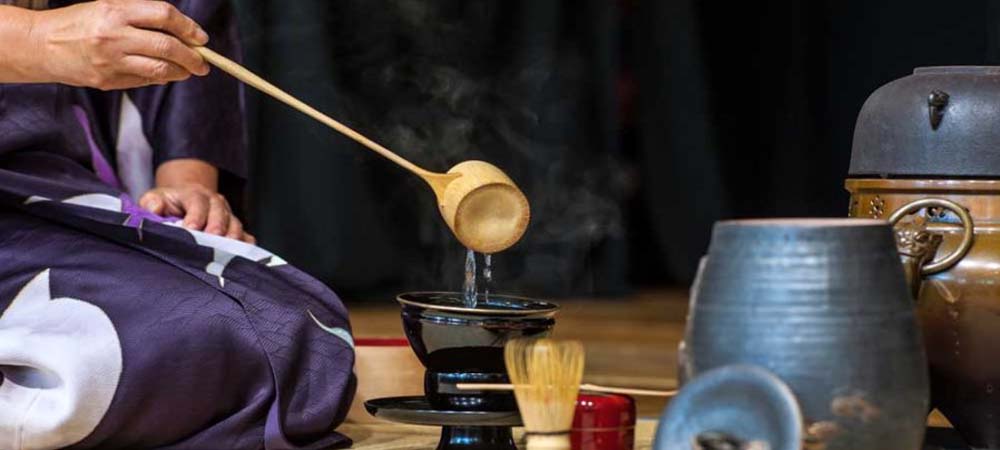Japan is a beautiful island nation off the coast of the Korean Peninsula and mainland Russia. Known as having a rich, vibrant heritage with a huge focus on respect for elders and a reverence towards personal honor, Japan has long been a country that has a strong and stoic air about it, due in part to the strict customs and traditions that are typically observed. While locals won’t expect all foreigners to adhere to these fine points of etiquette, it’s a good idea to have some idea of what to expect and what the customs are like so that you can try your best to follow them on your Japan tours with Explorient, much to the delight of the Japanese people.
We’ve made it easy for you to learn traditions, customs and etiquette of Japan by putting together this easy to follow guide that highlights some of the more common, finer points that you’re likely to encounter during your time in Japan on the likes of Explorient’s Priceless Japan Spectacular tour. Sit back, relax and have a read a bit more about the cultural customs and traditions of this unique, beautiful and welcoming country to prepare yourself for your upcoming and future trips to this island nation.
Japan – A World of Tradition
It’s true. Anytime you think of Japan, you think of a world where customs and traditions essentially reign supreme. Here are some of the most common traditions, customs and points of etiquette you’re likely to see or experience when you’re in Japan on Explorient’s Japan Family Spectacular tour.
Shoes Off!
In Japanese custom, it’s almost always required that shoes be removed when entering a house or other building. While places like hotels may not require that shoes be removed before entering a lobby, smaller guesthouses will ask that shoes be removed before entering the premises. There will almost always be house slippers available to wear in the house, or occasionally socks are acceptable. There are spaces within the home where shoes are removed, always facing the outside of the home, and where slippers are put on. This area is called a genkan, and is often a lower level compared with the rest of the house. This is probably one of the most common traditions or customs you will experience and it’s a good idea to follow suit as shoes in buildings or homes is seen as rude.
Not only this, but you will be expected to remove shoes in restaurants as well. We hear you asking ‘But what about the bathroom situation?’. Never fear – these businesses provide slippers in the bathroom for guest use. While it can be easy to forget to remove them, it’s important you don’t as it’s seen as very embarrassing. You’ll likely experience the shoe customs widely during your time in Japan on Explorient’s Japan Panorama tour.
Bowing
Bowing is big in Japan and while the Japanese may not expect foreigners to bow as deeply as they do (if at all), it’s a good idea to at least nod your head slightly in greeting or departure or in thanks. There’re no negative repercussions and instead, you will gain the warmth and appreciation of any Japanese person you might interact with.
Dining
As with many other countries in the region, eating directly from a common bowl is considered impolite. Instead, use the communal chopsticks or spoon/serving utensils to place food onto your own plate before consuming it. In terms of chopstick use, it’s traditional to hold the chopsticks toward the end, not usually in the first third of the sticks. In terms of paying the check, if you’re with others the general rule is that the check is split as evenly as possible, with more senior members of the group and men paying slightly more on average. Additionally, it’s important to know that when dining in groups, taking food from the same dish that someone else is taking food from is seen as rude and bad form. Give everyone space to take food one by one. This is a custom you’ll almost certainly run into when you visit Japan on Explorient’s Taste of Hong Kong and Tokyo tour.
Yukata
In many hotels, you may find sets of what are essentially pajamas or lounging robes known as yukata. Typically hotels will allow guests to wear yukata throughout the hotel (and indeed this is commonplace throughout Japan). You can even wear yukata to breakfast and dinner or to the hotel onsen. Some luxury or higher-end hotels may prefer that yukata not be worn publicly in the hotel, but many ignore this and do it anyway. If in doubt, check with your hotel front desk.
Pointing
As with many countries, pointing is considered to be rude or aggressive. In Japan, pointing can even be seen as threatening. Instead, try to gesture with an open hand, or use conversation to discuss a direction or location of shop or business you’re looking for.
Onsen Etiquette
There are many rules surrounding the use of onsen in Japan. For one, the visitor to the onsen must have a shower before entering the water, much like we do in the west before entering a swimming pool. Soap is expected to be used but also rinsed well. Great care should be taken not to contaminate the onsen water with soap – sometimes due to the fact that the onsen water comes from natural hot springs. Additionally, small towels are often brought to the onsen, which are used to clean the body before entering the water. The issue is that you’ve to take the towel with you when leaving the shower area, but it’s not allowed in the onsen water. Many people will instead place it on their heads, to avoid leaving it laying around or being in the water. You may encounter people wearing their small hot spring towels on their heads in many onsens throughout Japan. If you’re a fan of hot springs and the like, you’ll want to brush up on onsen etiquette before your trip. Be sure to check our Explorient’s Japan World Heritage Tour that combines culture, architecture and onsens!
Physical Contact
The Japanese are private people and typically don’t show displays of affection outwardly such as hugging or slaps on the back between friends. Likewise, those in relationships will avoid physical contact in public. Try to follow these social cues as well or risk looking a bit strange if you’re having a cuddle in the street.
Oshibori Etiquette
In many restaurants, a damp towel known as an oshibori will be presented prior to the food arriving. The oshibori will be either cool or warm depending on the season. This towel is to only be used to wash your hands before eating. Using it as a napkin or for washing your face can be considered bad etiquette and rude. You’ll likely experience the oshibori on more than one occasion on your travels through Japan, such as on your Kyoto Stopover with Explorient.
So if you’re planning a trip to Japan soon, hopefully, these few points of etiquette and customs will help prepare you for some of what you might experience during your trip. The Japanese people are generally quite forgiving – especially to foreigners – so don’t worry too much about remembering everything. Enjoy your trip!





